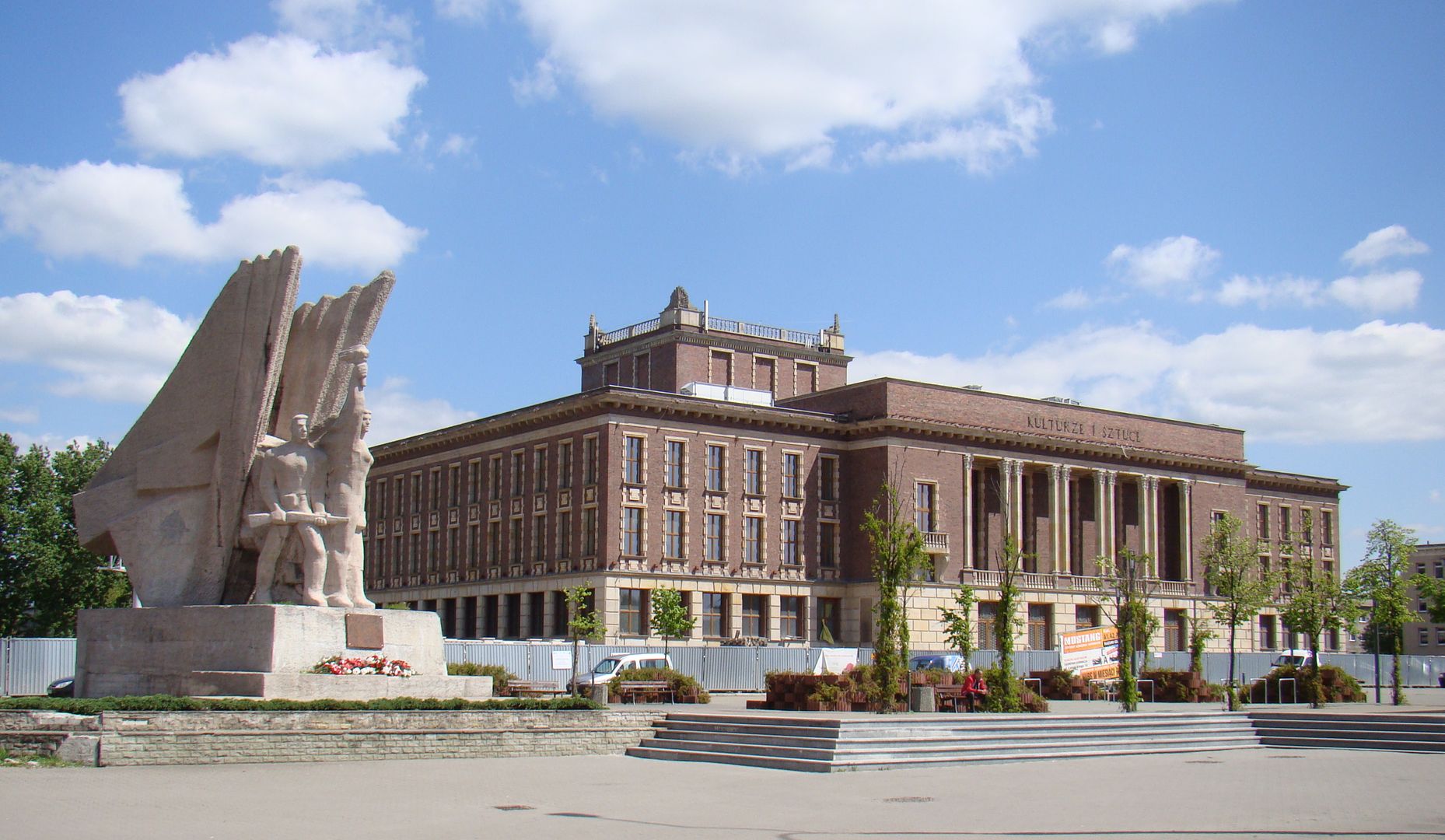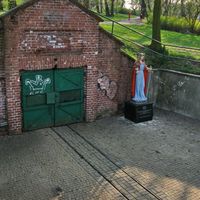Zagłębie Dąbrowska
8.44

Overview
Dąbrowa Górnicza, a city with county rights in the Silesian Voivodeship, is the largest city in the region by area and a significant industrial center in the Zagłębie Dąbrowskie region. Located on the Silesian Upland, it lies on the banks of the Czarna and Biała Przemsza rivers. The city, whose history dates back to the 17th century, developed primarily due to rich deposits of hard coal, which contributed to the intense industrialization of the region. Dąbrowa Górnicza obtained city rights in 1916 and adopted its current name in the early 1920s. In terms of architecture, notable landmarks include the Basilica of the Blessed Virgin Mary of the Angels and the Palace of Culture of Zagłębie. Dąbrowa Górnicza has a rich cultural life, with institutions such as the "Sztygarka" City Museum, numerous libraries, and cultural centers that promote music, film, and visual arts. In 2020, an investment began to build transit centers aimed at improving transportation. The city is home to many sports clubs, and basketball, volleyball, and football not only have numerous enthusiasts but also achieve success at the national level. Dąbrowa Górnicza is also set to become one of the main tourist destinations, thanks to beautiful recreational areas like the Dąbrowskie Lake District and the Błędowska Desert, as well as scenic hiking trails. Interestingly, in 2016, Dąbrowa Górnicza was classified as one of the most polluted cities in the EU, highlighting the need for pro-ecological actions. The city also has international connections through its partner cities, and its history of Jews, who formed a significant part of the community before World War II, reminds us of the multicultural heritage of the region. With its rich history and dynamically developing infrastructure, Dąbrowa Górnicza is an interesting example of a city that successfully blends tradition with modernity.
Location
You can also find here:

Basilica of the Blessed Virgin Mary of the Angels in Dąbrowa Górnicza
6.89
Zagłębie Dąbrowska

Municipal Public Library in Dąbrowa Górnicza
6.78
Zagłębie Dąbrowska

MKS Dąbrowa Górnicza
6.67
Zagłębie Dąbrowska

Municipal Museum "Sztygarka" in Dąbrowa Górnicza
6.66
Zagłębie Dąbrowska

Zagłębie Palace of Culture
6.49
Zagłębie Dąbrowska

WSB Academy
6.18
Zagłębie Dąbrowska
2025 Wizytor | All Rights Reserved